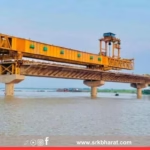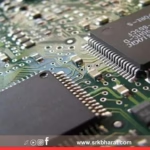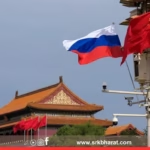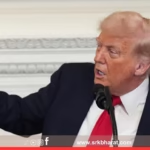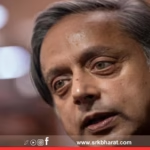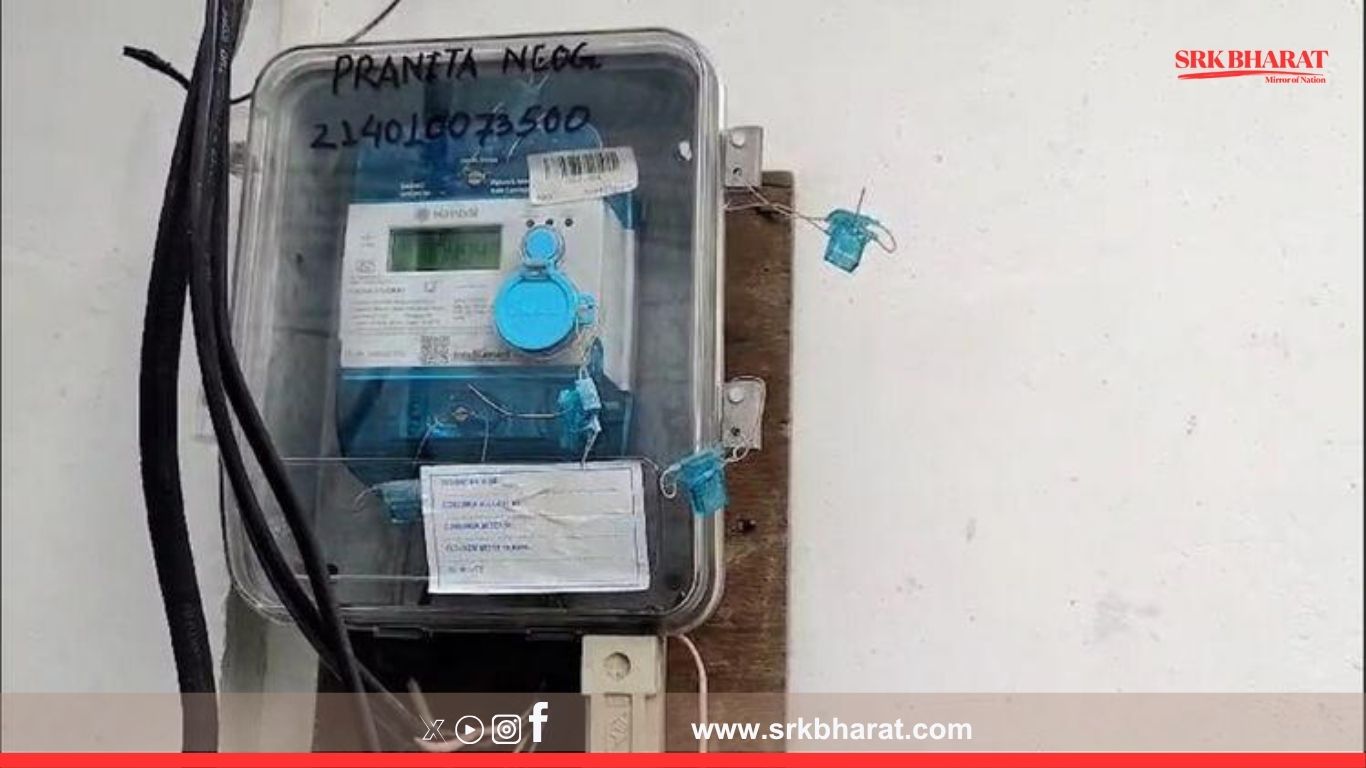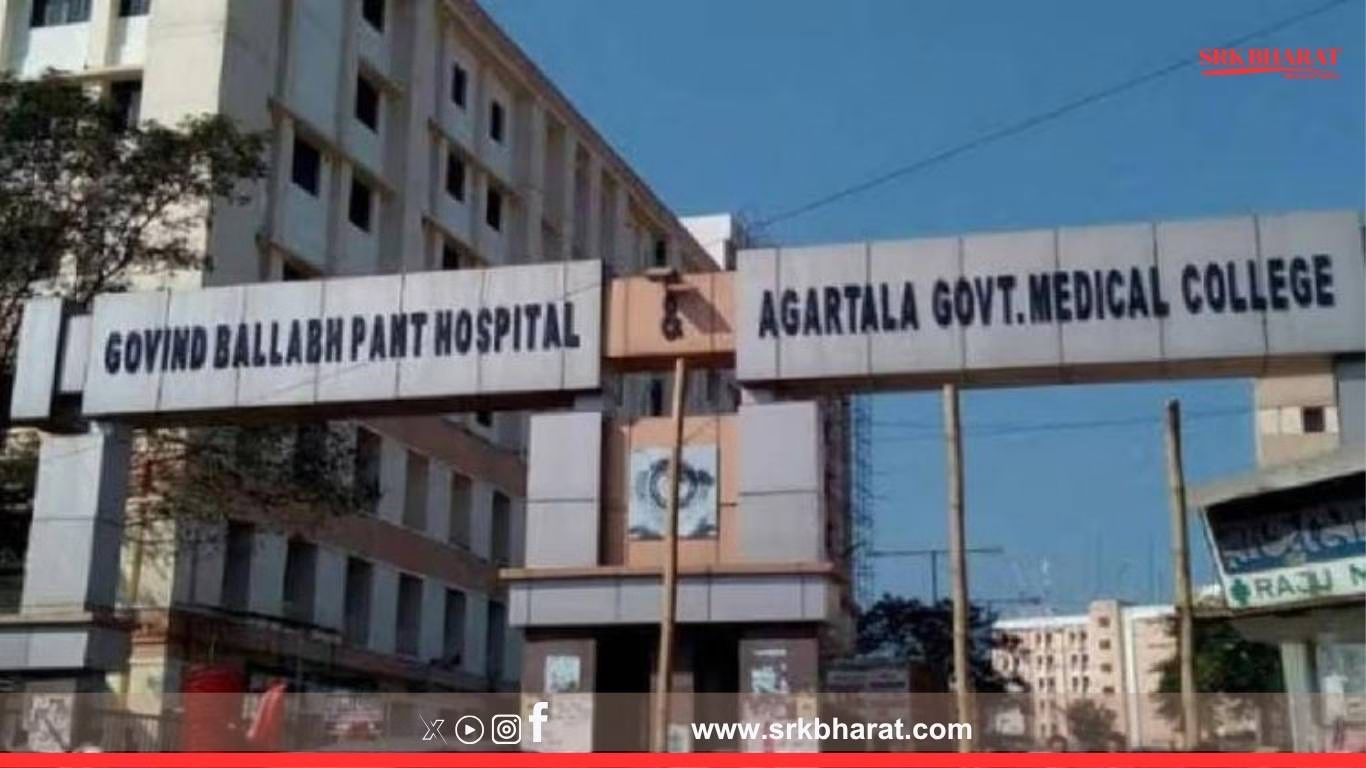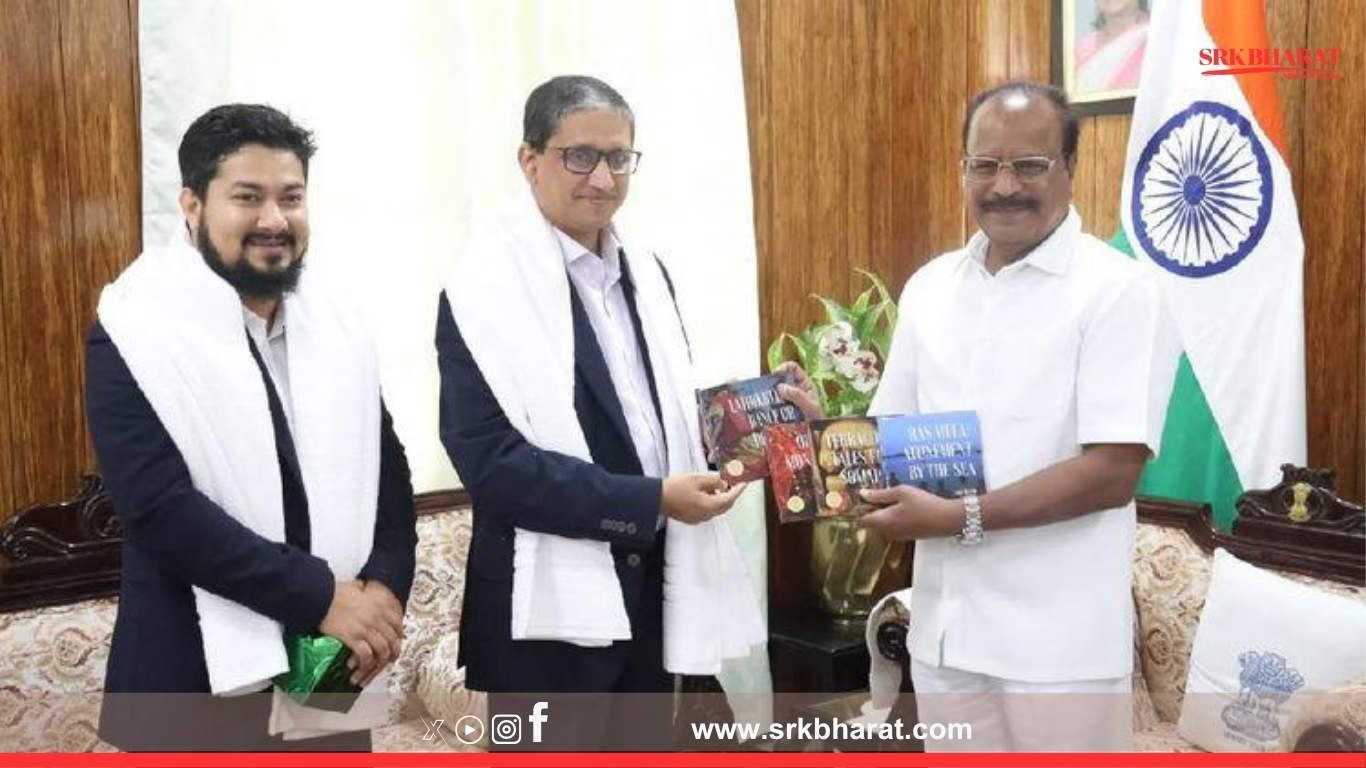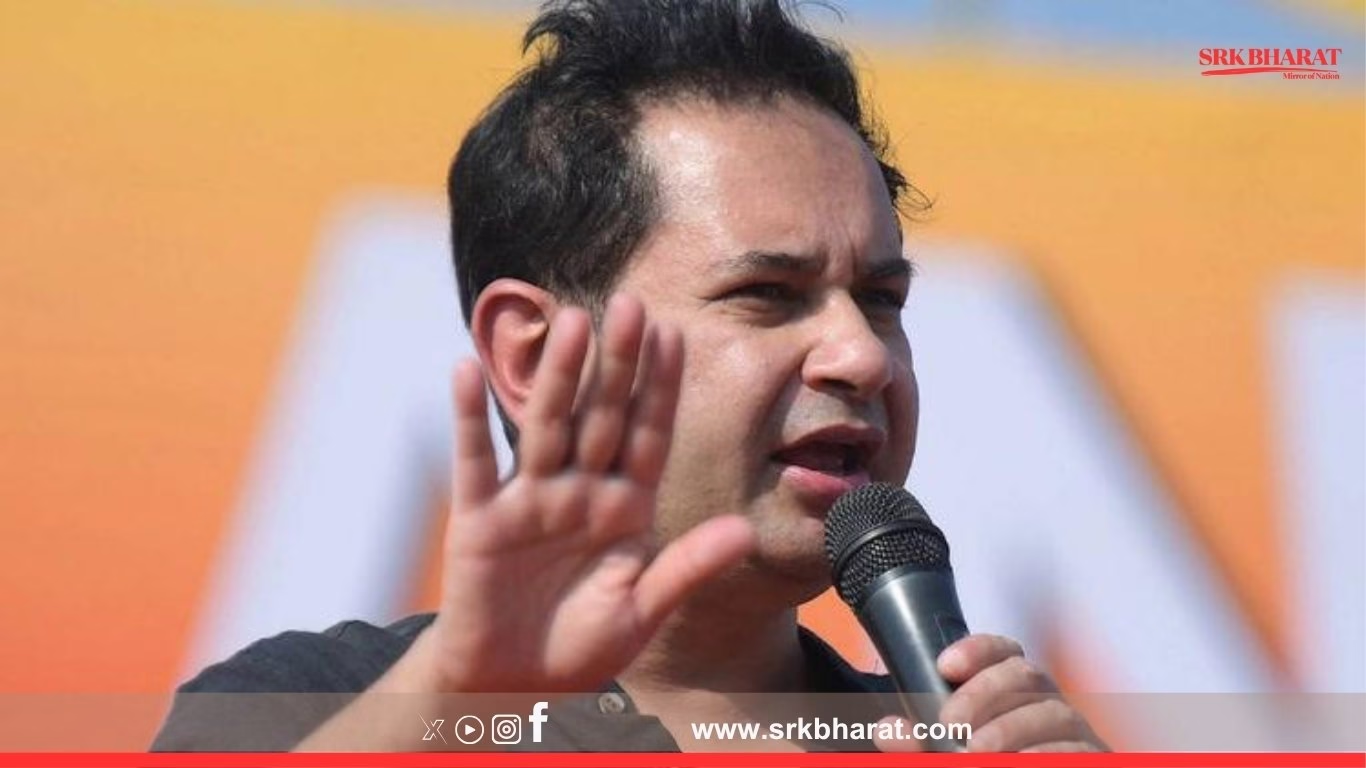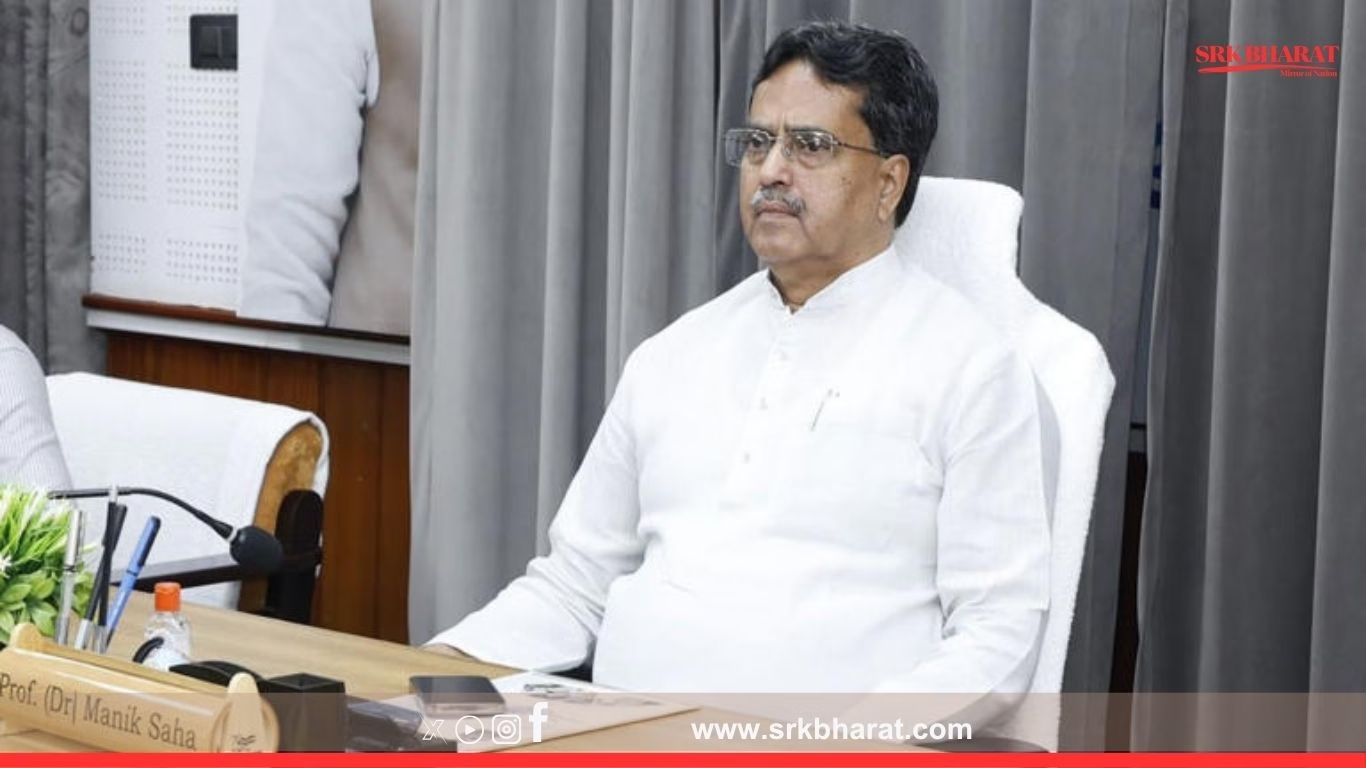In a significant move towards enhancing power efficiency and consumer transparency, the Tripura government has launched the rollout of smart electricity meters, beginning with installation at ministers’ residences and high-priority government premises. This initiative marks the first phase of a broader plan under which Tripura State Electricity Corporation Limited (TSECL) will install smart meters across its operational regions in a phased manner to achieve end-to-end digital metering.
Smart Meter Rollout: First Phase Targets Ministers’ Quarters
According to senior TSECL officials, the initial rollout commenced with installations at the homes of cabinet ministers, MLAs, and top administrative officials in Agartala. The rationale behind prioritising ministers’ residences is to:
- Demonstrate proof of concept.
- Test system integration and data accuracy in premium urban areas.
- Set an example for public acceptance of the technology.
Planned Coverage Under Tripura’s Smart Metering Project
| Rollout Phase | Target Consumers | Expected Completion |
|---|---|---|
| Phase I | Ministers, MLAs, Chief Secretary’s residence, Raj Bhavan, and senior IAS quarters | August 2025 |
| Phase II | TSECL divisional offices, sub-divisional offices, and government department buildings | October 2025 |
| Phase III | Urban domestic consumers in Agartala, Dharmanagar, Udaipur, and Kumarghat | December 2025 |
| Phase IV | Semi-urban and rural consumers under DDUGJY and Saubhagya areas | March 2026 |
Officials confirmed that over 20,000 smart meters are expected to be installed in the first two phases, with tenders floated for procurement and integration.
What Are Smart Meters and Why Are They Important?
Smart meters are advanced digital devices that record electricity consumption in real-time and transmit data automatically to distribution companies. Unlike conventional meters, they enable:
- Two-way communication: Between consumer premises and utility providers.
- Real-time usage monitoring: Consumers can track their consumption, promoting energy savings.
- Elimination of manual billing errors: Automatic readings reduce human dependency and disputes.
- Remote disconnection and reconnection: For non-payment or service changes without field visits.
- Load management: Facilitates demand-side management by utilities during peak hours.
Tripura’s Vision for Digital Metering
Speaking about the project, a senior TSECL engineer stated:
“The objective is to reduce aggregate technical and commercial losses, improve billing efficiency, and empower consumers to optimise usage. Ministers’ quarters were prioritised to showcase benefits before mass rollout.”
Funding and Implementation Partners
The smart metering project in Tripura is being implemented under:
- Revamped Distribution Sector Scheme (RDSS) of the Ministry of Power, Government of India.
- TSECL as the executing agency.
- System integrators and meter OEMs selected through competitive bidding for supply, installation, and integration.
Benefits for Consumers
| Benefit | Details |
|---|---|
| Accurate billing | Real-time readings eliminate estimations and billing disputes. |
| Energy savings | Consumers can monitor usage patterns to cut wastage. |
| Prepaid options | Future upgrade to prepaid smart meters for recharge-based consumption. |
| Ease of payment | Digital bills and online payment integration. |
Ministers’ Residences: Testing Grounds Before Public Rollout
The installation at VIP residences serves as a testing and demonstration phase, ensuring:
- Network communication stability.
- Data accuracy checks.
- Resolution of integration glitches with TSECL’s central billing software.
Once stable operations are confirmed, mass installations in public offices and urban residential clusters will be accelerated.
Tripura’s Current Metering Scenario
| Meter Type | Estimated Number of Consumers | Share (%) |
|---|---|---|
| Conventional electromechanical meters | ~4.2 lakh | ~76% |
| Electronic static meters (non-smart) | ~1.2 lakh | ~22% |
| Smart meters | < 10,000 | < 2% |
With the current rollout, Tripura aims to increase smart meter penetration to over 15% by March 2026, aligning with national digital metering targets.
National Context: Smart Metering Drive in India
| State | Target Smart Meters | Implementation Status |
|---|---|---|
| Uttar Pradesh | 50 lakh | Over 18 lakh installed |
| Bihar | 28 lakh | 10 lakh installed |
| Assam | 10 lakh | 2 lakh installed |
| Tripura | 5 lakh (projected) | Rollout initiated |
The Ministry of Power aims to replace all 25 crore conventional meters in India with smart meters by 2027 under RDSS and Smart Meter National Programme (SMNP).
Challenges Ahead for Tripura
Despite its ambitious targets, Tripura’s smart metering project faces:
- Infrastructure constraints: Remote connectivity challenges in hilly tribal belts.
- Consumer awareness: Need to educate rural users about benefits and functionality.
- Skilled workforce: Limited availability of trained smart meter installation and integration technicians.
Government’s Consumer Awareness Strategy
TSECL is preparing a public awareness campaign, which will include:
- Door-to-door demonstrations by linemen and technicians.
- Workshops at gram panchayat and block levels.
- Radio and local TV campaigns highlighting benefits of smart meters in daily life.
Expert View
Rajeev Chaudhary, energy infrastructure analyst, said:
“Starting with ministers’ residences is a smart move to build political ownership of the initiative. Success will depend on robust consumer support systems, timely grievance redressal, and continuous digital infrastructure upgrades.”
Future Plans: Beyond Smart Meters
Tripura government aims to integrate smart meters with:
- Solar rooftop net metering, enabling real-time bidirectional data for solar customers.
- EV charging infrastructure billing as electric vehicle adoption picks up.
- Smart grid operations for automated load balancing and outage management in urban distribution circles.
Conclusion
The launch of smart meter installations at ministers’ homes marks the beginning of Tripura’s journey towards a modern, efficient, and transparent electricity distribution system. As the state prepares to extend the rollout to TSECL offices and urban consumers in coming months, successful implementation will play a pivotal role in achieving energy sustainability goals and enhancing consumer satisfaction through digital empowerment.
Disclaimer: This news content is for informational reporting purposes only. Readers are advised to verify official government notifications, implementation updates, and billing guidelines through TSECL before acting on this information for operational or financial decisions.

